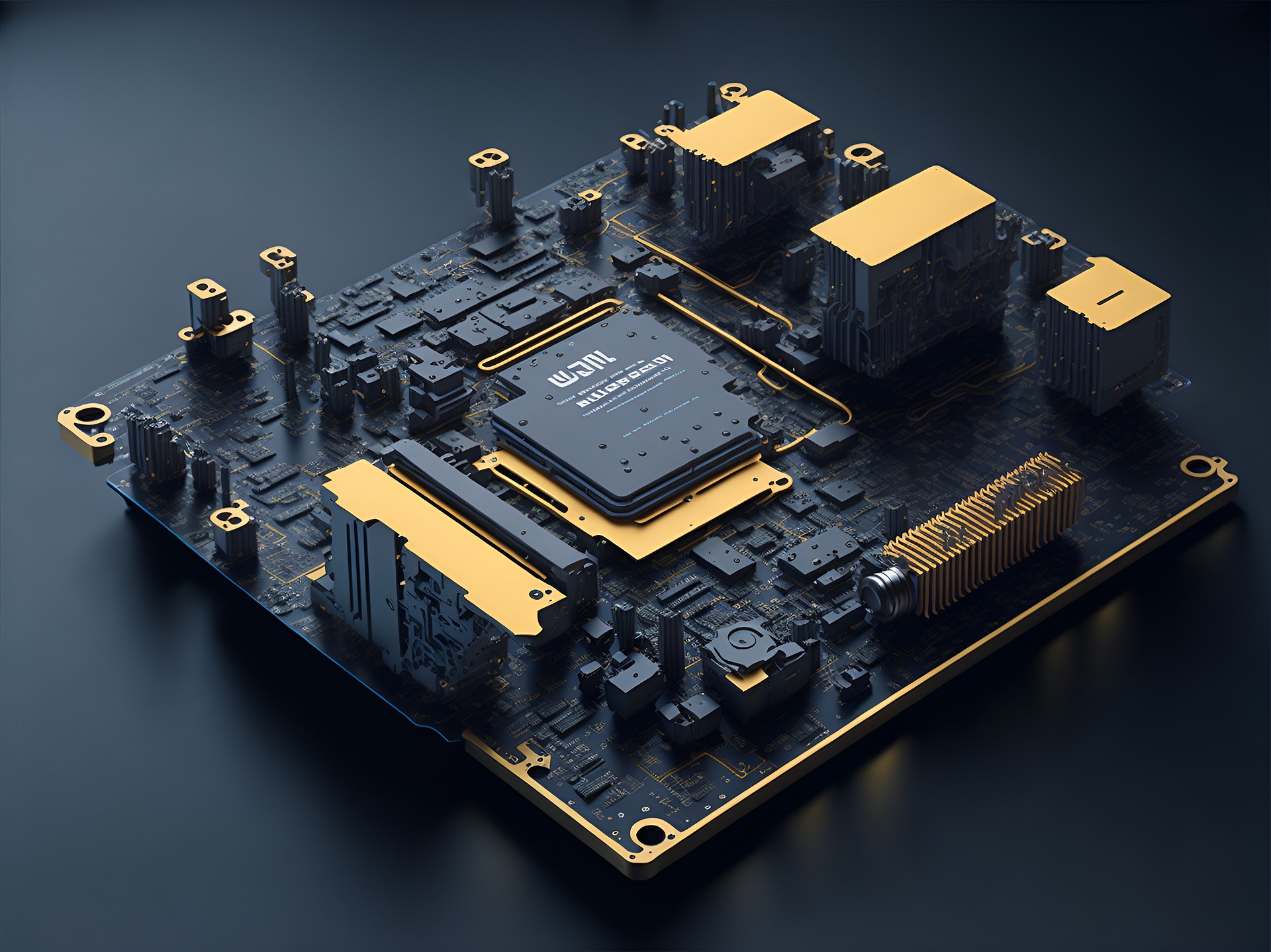"Beyond Silicon: The Emergence of Gallium Nitride Semiconductors"
Many hitherto unknown technologies go unnoticed until they cause a significant shift in the tech world. One such shift is currently underway, thanks to the emergence of a promising new material in the world of electronics: Gallium Nitride (GaN). This revolutionary semiconductor material is poised to reshape the electronics industry by offering better performance than its silicon counterparts.

Historical Context: The Age of Silicon
Since the mid-20th century, Silicon has been the bedrock of the electronics industry. The first silicon transistor, the core component in all electronic devices, was developed in the late 1940s. Over the years, advancements in silicon technology led to the creation of smaller, more efficient, and powerful devices. However, as we push the boundaries of technology, we also push the limits of silicon’s capabilities. This has led to the search for new materials that can take electronic performance to the next level.
The Rise of Gallium Nitride
Gallium Nitride emerged as a viable alternative to silicon in the late 1990s. Compared to silicon, GaN can handle higher voltages and operate at higher temperatures. This combination of traits makes GaN-based devices more efficient, compact, and reliable. The first GaN transistors were commercialized in the early 2000s, with applications in high-frequency radar systems and satellite communications. Over the years, GaN technology has evolved and found applications in various sectors, including renewable energy, electric vehicles, and consumer electronics.
The Current Scenario: GaN in Today’s World
In the present day, GaN technology is making inroads into the consumer electronics market. With the ever-increasing demand for smaller, faster, and more efficient devices, GaN is proving to be a game-changer. For example, GaN-based chargers are becoming increasingly popular due to their compact size and efficient charging capabilities. These chargers are just the tip of the iceberg, with GaN technology expected to revolutionize various aspects of consumer electronics in the coming years.
The Financial Perspective: GaN’s Market Impact and Price Range
The GaN semiconductor market is projected to reach USD 2.6 billion by 2025, witnessing a compound annual growth rate of 29% from 2020. The increased adoption of GaN in sectors like consumer electronics, automotive, and telecommunications is driving this growth. While GaN-based devices are currently costlier than their silicon counterparts, prices are expected to drop as the technology matures and production scales up.
The Future: What Lies Ahead for GaN?
The potential applications of GaN are vast, with research ongoing in various sectors. GaN-based power electronics could revolutionize electric vehicles by increasing their range and reducing charging time. In telecommunications, GaN could play a crucial role in the rollout of next-generation wireless technologies. As GaN technology matures, it is set to usher in a new era of electronic devices that are smaller, faster, and more efficient than ever before.
In conclusion, Gallium Nitride is a promising new player in the tech world, set to take over where silicon left off. As a material, it offers significant advantages over silicon, paving the way for a new generation of electronic devices. As we continue to push the boundaries of technology, GaN could very well be the material that takes us into the future.




